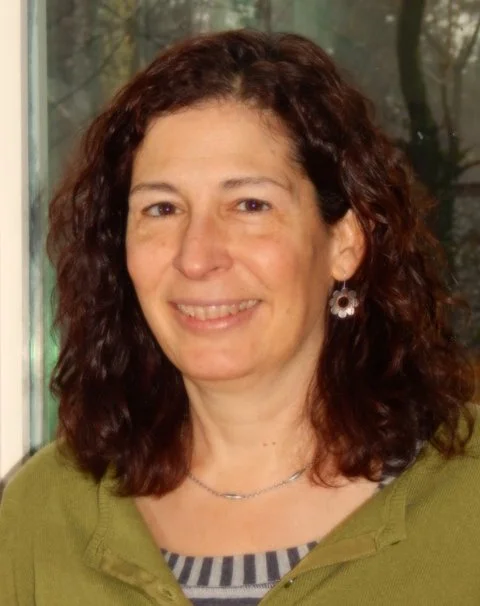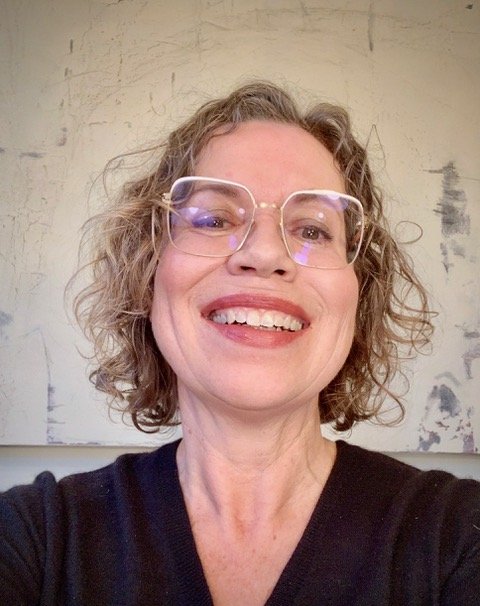“Last Light”
kerning | a space for words, cover for issue no. 2 “It’s All Relative”
To say “it’s all relative” is to accept that a thread exists between two different narratives while simultaneously distinguishing a difference or a distance between those narratives.
This second issue of kerning features work responding to our theme of “it’s all relative.” We asked people to submit work that speaks to the paradox of connection. We wanted to hear about moments of rebellion against popular belief, departing from the narrative of the “norm,” alternate routes taken in service to an inner call that perhaps cleaved from convention. We wanted to hear about where these journeys went and how they impacted the narrators and those around them.
Elizabeth Needham, our cover art juror for this issue, and the cover artist for our first issue chose “Last Light” by Thea Abu El-Haj for the cover. She said of the work:
“…the green/gray and black have monolithic qualities, established, heavy—much like the narrative of the “norm.” While the yellow shape shares similarly straight angles, it is less rigid and its blurred edges and tonal variety suggests movement. The warm yellow also evokes inner strength, and hope.”
Thea is both a writer and an artist. She is a professor of education and an education anthropologist, and she “paints to have a space separate from words.” She wrote this about why she submitted this piece to kerning:
“Several months after I’d painted “Last Light” I found myself walking along a beach on Cape Cod at dusk and there it was, right before my eyes, my as-yet unnamed painting. The edge of the sky and earth fading from crispness into indistinction. Last light also first dark. The burnt yellow singing out against the dark pool of blackness. Sharp edges contrast against the softer ones. I’m drawn to where difference sets things apart, and where the boundaries are softer, more easily crossed. I’m curious about when the differences act to enhance each side, or work against each other. In either case, what stands out to us does so precisely because a relationship has been created. What we see and what we know is, in the end, not so much all, as always, relative.”
We were all captivated by this piece, and even more so after reading what Thea wrote. Take a few moments to visit her website and view some more of her work, which is equally striking and powerful.
Thea Abu El-Haj:
I am drawn to the imprint of human history on the natural landscape. Growing up in the Middle East, the colors, quality of light, and traces of millennia of human presence resonate through my work, even as the landscapes of the Northeastern U.S. where I have lived my adult life influence what I paint. Buildings and stone walls in the process of decay; light coming through dark and dark through light; the quality of color at different times of day are all sources for my work. I grew up in Iran and Lebanon, and spent many summers with my family in Palestine. I came to the U.S. to attend Swarthmore College, and after graduation moved to Philadelphia where I have lived ever since. Now a Professor at Barnard College, Columbia University, I divide my time between Philadelphia, New York, and Vermont, teaching, researching and writing, and making visual art.
We also want to thank Elizabeth Needham for jurying this issue’s artwork. Elizabeth was the cover artist for our first issue, and generously accepted our request to act as a juror for this issue. Elizabeth is a professional art therapist, an established mixed media painter and collector of vintage childhood books and paper dolls from the 1940’s/early 50’s. She is also a retired English and drama teacher, collage enthusiast and someone who reads paperbacks in the bathtub.



